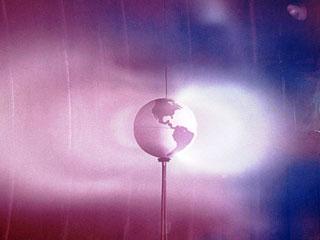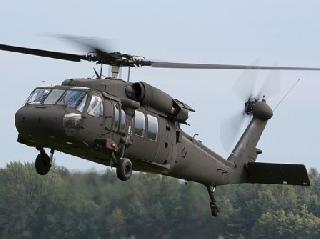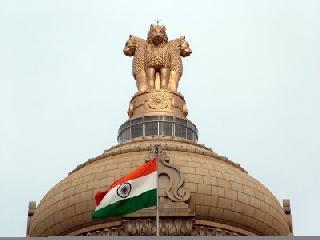
Simulated Van Allen belts generated by plasma thruster in 1966 at the Lewis Research Center, Ohio. Photo: NASA
LONDON (PTI): Planetary scientists claim to have for the first time spotted a thin band of anti-matter particles, called anti-protons, enveloping the Earth.
The find, published in the 'Astrophysical Journal Letters', confirms theoretical work that predicted the Earth's magnetic field could trap antimatter, according to a team led by the University of Bari.
The astronomers say that a small number of anti-protons lie between the Van Allen belts of trapped "normal" matter.
The anti-protons were spotted by the Pamela satellite launched in 2006 to study the nature of high-energy particles from the Sun and from beyond our Solar System -- so-called cosmic rays, the 'BBC' reported.
These cosmic ray particles can slam into molecules that make up the Earth's atmosphere, creating showers of particles.
Many of the cosmic ray particles or these "daughter" particles they create are caught in Van Allen belts, doughnut-shaped regions where the Earth's magnetic field traps them.
The new analysis shows that when Pamela passes through a region called the South Atlantic Anomaly, it sees thousands of times more anti-protons than are expected to come from normal particle decays, or from elsewhere in the cosmos.
The astronomers say this is evidence that bands of anti -protons, analogous to Van Allen belts, hold anti-protons in place -- at least until they encounter the normal matter of atmosphere, when they "annihilate" in a flash of light.
The band is "the most abundant source of anti-protons near the Earth", said Alessandro Bruno, team member.
"Trapped anti-protons can be lost in the interactions with atmospheric constituents, especially at low altitudes where the annihilation becomes the main loss mechanism. Above altitudes of several hundred kilometres, the loss rate is significantly lower," he added.
 Previous Article
Previous Article Next Article
Next Article













The Indian Air Force, in its flight trials evaluation report submitted before the Defence Ministry l..
view articleAn insight into the Medium Multi-Role Combat Aircraft competition...
view articleSky enthusiasts can now spot the International Space Station (ISS) commanded by Indian-American astr..
view article